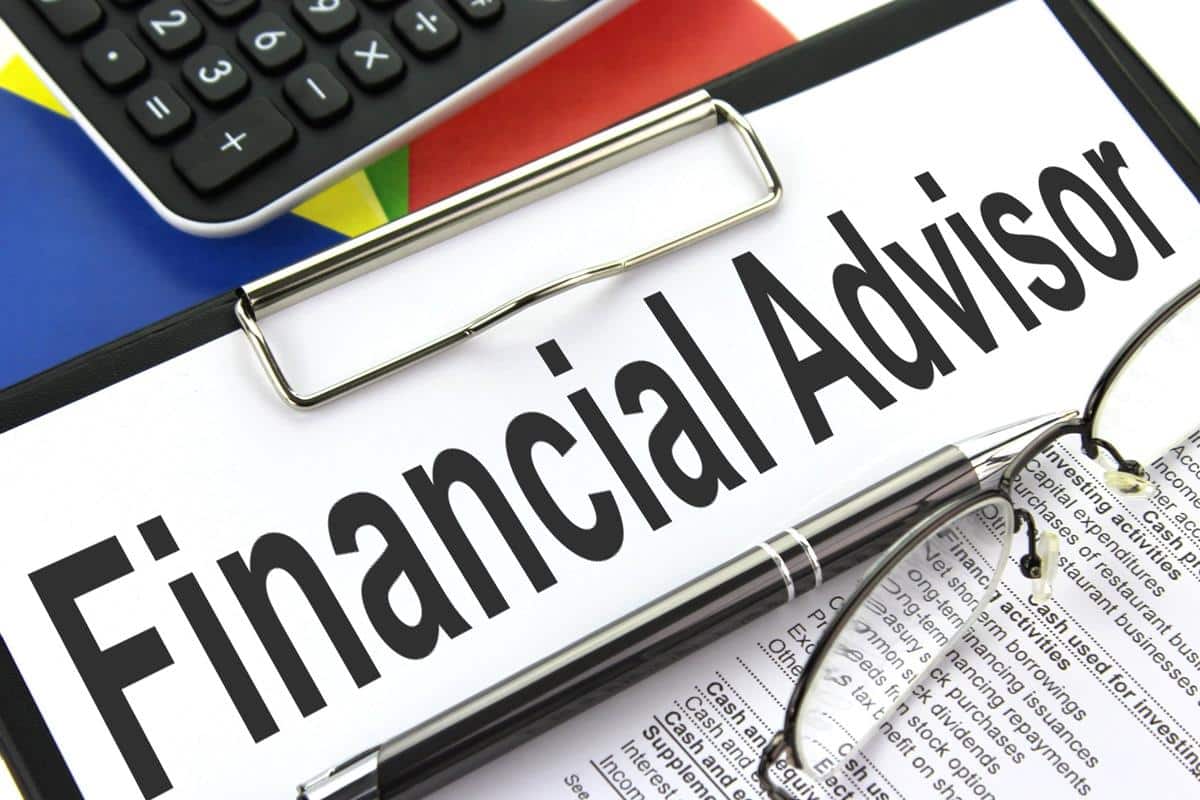Are you looking for a straightforward way to calculate the reduction (depreciation) in the value of an asset over time, owing to its use and strength, precisely? It’s high time you stopped searching. The easiest method for this calculation is the straight-line depreciation method. Hence, this article will discuss how to calculate the depreciation of an asset faster and more effectively using the straight-line method.
What Is Straight Line Depreciation?
Indeed, this is the quickest method of calculating an asset’s drop in value over time. This asset could be a machine or property. In addition, the straight-line depreciation approach deducts the same amount each accounting period. It is the steady reduction in the value of an asset that is expected to provide economic benefits. Such assets include laptops, trucks, equipment, furniture, rental properties for business purposes, etc.
Straight-line depreciation is highly recommended for companies.
Understanding How the Straight Line Depreciation Works:
Whenever the straight-line method is used, the depreciation expense for every year is the same.
Ledgers/Adjusting entries are used for the purpose of recording depreciation in the company’s accounting records. Changes in the general journal are recorded on the last day of the financial statement.
Why Straight Line Depreciation?
Straight-line depreciation ensures that the asset’s value declines at a consistent rate all through its useful life. Accountants use one of five depreciation methodologies to calculate the declining worth of assets, although many other techniques hasten the asset’s depreciation.
You can’t talk about straight-line depreciation without the following:
- Price/value of the salvage
- Asset’s purchased price and
- The productive life duration of an asset.
The major change in an asset’s anticipated salvage value or estimated useful life will be recognized in the most recent and subsequent accounting years of its useful life.
P.S: An accounting error does not include a change in the estimated salvage value or the anticipated useful life of a depreciating asset. As a result, no changes apply to the accounting records that have already been provided.
Therefore, it’s vital to remember that the amount of depreciation a company provides is an estimate.
The following example will explain the fundamentals of depreciation, focusing on how to calculate the straight-line depreciation method.
Let’s assume a $30,000 device with an estimated useful life of 13 years and no salvage value. This device’s yearly depreciation expense would be as shown in the box below:
Year 1 2 3 4 5 6 7 8
| Straight line | ||||||||
| Value of the 1st chapter | 30,000 | 27,692 | 25,384 | 23,076 | 20,768 | 18,460 | 16,152 | 13,844 |
| Depreciation | 2,308 | 2,308 | 2,308 | 2,308 | 2,308 | 2,308 | 2,308 | 2308 |
| Final book value | 27,692 | 25,384 | 23,076 | 20,768 | 18,460 | 16,152 | 13,844 | 11,536 |
Depreciation Expense = ($30,000 – $0) / 13 = $2,308 per year
Benefits of Straight Line Depreciation
- It is plain, easy to grasp, and apply/calculate. It is a popular method in application because of its simplicity.
- Depreciation could last until the asset is sold, or it could be zero. As a result, this approach allows the entire depreciable cost to spread across the asset’s lifespan. (an asset can be useful to its last value/worth)
- This method is suitable for property and equipment with a defined working life. Thus, simplifying the rate of depreciation.
- Not only is it ideal for commercial assets that are constantly in use and require little upkeep, but also,
- It is ideal for assets with low maintenance and repair costs that are continually used in the firm’s operations in the long run.
Demerits or limitations to straight-line Depreciation
- The cost of asset upkeep rises with time. As a result, the overall sum of depreciation and repair costs is lower in the beginning and increases year after year. However, this method, unfortunately, does not take this into account.
- It could be hard to ascertain the actual salvage value of an item after a lengthy period, such as 15 to 20 years after installation.
- By this method, each asset obtains a defined amount of depreciation by applying a specified depreciation rate to its initial cost. However, straight-line depreciation doesn’t consider the asset’s practical use.
Straight Line Depreciation Method
This is the most common approach for allocating the cost of a capital asset. The straight-line method reduces the value of an item consistently over time until it reaches its salvage value. As a result, the depreciation line duration is normally within either COGS (cost of goods sold) or non-cash expense because the actual cash outflow occurred earlier when the capital expenses were spent.
A business is certainly free to use whatever depreciation method it sees fit for its operations. Even so, companies should select a depreciation methodology that closely aligns with the economic situation of their business for accounting or efficiency reasons.
For various assets, different methods could apply. There are other methods for calculating depreciation expenses, such as:
- Straight-line depreciation
- Deteriorating balance
- Double Decreased balance
- Addition of the years’ digits and
- Manufacturing unit
But, the straight-line method is the most popular way of computing depreciation expense.
Nevertheless, below are the only elements essential in calculating depreciation expense using the straight-line method:
- The asset’s purchase value (price): This is the actual price of an asset, such as a machine, furniture, vehicle, or even a rental property.
- The salvage value: This is the trash price of an asset. Hence, at the end of the productivity lifespan of an asset, it trades for its trash value/price.
- The asset’s useful life: This is the estimated year expected for an asset to function, i.e., the productive duration of an asset.
Straight Line Depreciation Calculation
Again, straight-line depreciation is undoubtedly the most simple method of calculating an asset’s decline in value over time. We compute yearly depreciation by dividing the asset’s purchase price at the start of its useful life and the asset’s salvage value at the end of its useful life, with the asset’s useful life duration. The formula is as follows:
Here is the formula that shows how to calculate straight-line depreciation:
Depreciation = (Purchase Price — Salvage Price) / Life Duration
Where Purchase price — the asset’s price at the beginning of its useful life.
Salvage price — the asset’s price at the time of disposal.
Life duration — number of productive duration forecast.
Consider the following example of a straight-line depreciation calculation.
A company purchased an Electric Generator for $16,000, expected to serve for 7 years and with a salvage price of $2,000. What is the yearly depreciation of the machine?
Depreciation = ($16,000 — $2,000) / 7 years
= ($14,000) / 7 years
= $2,000.
Consequently, the Electric Generator will lose/drop by $2,000 in value each year.
How to Calculate Straight Line Depreciation
Here, we will show you the straight-line depreciation calculation, why it is so popular, and how it differs from all other methods.
Looking back at it, you will see the different methods, other than the straight-line depreciation method, used in calculating depreciation listed above.
Thus, according to the straight-line depreciation calculation, to know an asset’s book value. Remove depreciation from its value every year until it reaches its productive limit.
Considering how much it has depreciated up to a point in time, the overall worth of an asset is referred to as book value.
Note: When evaluating depreciation for accounting purposes, you should use the IRS’s salvage value figure
The difference between the asset’s purchase price, at the start of its useful life and the asset’s salvage value at the end of its useful life is divided by the asset’s useful life duration to calculate yearly depreciation.
However, Look out for a practical example of how to calculate straight-line depreciation below:
A company buys a Truck for $150,000 that would lose its productive value after 10 years, and its expected salvage price is $5,000
To calculate the straight-line depreciation of the above example:
Yearly depreciation = ($150,000 – $5,000) /10 years
$145,000 / 10 years
= $14,500.
According to this, the company will depreciate $14,500 yearly for 10 years.
Is equipment depreciated over a 5- or 7-year period?
For the most popular types of non-real estate assets, the allowable depreciation periods are as follows:
- Tractors, specific manufacturing equipment, and a few animals will last three years.
- Assets in the construction and manufacturing industries with five years of useful life expectancy include computers, office equipment, automobiles, and light trucks.
- Furnishings and appliances for the workplace that are intended to last for seven years.
Other Depreciation Methods (Accelerated methods)
Additionally, the other methods of the accelerated depreciation method are as follows:
- The Deteriorating balance: This method assumes that assets are usually more productive in their early years than later.
- Double Decreased balance: Compared to other depreciation approaches, double-decreased-balance depreciation leads to a high sum expending in the initial years of an asset’s productive life versus the later years.
- Addition of the year’s digits: The salvage life of an asset is divided by the total productive years and then multiplied by the depreciating rate; this is the formula for calculating the depreciation expense in the addition of the year’s digits depreciation method.
The above-mentioned methodologies are used to calculate depreciation expenses based on the notion that an asset’s value is at its peak (highest) at the start of its life while allowing for a more significant depreciation over the first few years.
Owing to this, you can get the accelerated depreciation assessment using these approaches, but the two main preferences are the Double Decreased balance and the Addition of the years’ digits method.
Which Method Is Preferable: Straight Line or Double Declining?
When it comes to depreciation write-offs, the double-declining-balance method is the quickest. Nevertheless, In the year that the straight line approach will depreciate by more than twice, accountants convert from the double declining to the straight line method.
This means that the straight-line method is preferable.
Why Is Straight-Line Depreciation the Simplest Approach for Calculating Depreciation?
Using this strategy, the asset’s worth can be proportionately divided into estimated usable years. The useful life of an item is calculated by taking its total cost minus its salvage value.
Conclusion
In essence, the straight-line depreciation method is the easiest and most straightforward approach, as its name implies, specifically for calculating the depreciation expense of a business or firm. Once you have the purchase price, salvage price, and estimated useful life of an asset ascertained, follow the above steps. The depreciation value of your company’s assets is as good as done.
FAQs
What is the formula for calculating straight line depreciation?
Depreciation = (Purchase Price — Salvage Price) / Life Duration.
What should be considered when evaluating depreciation for accounting purposes?
When evaluating depreciation for accounting purposes, you should use the IRS’s (Internal revenue service) salvage value figure.
what is the difference between the straight line depreciation method and the accelerated depreciation methods?
The straight-line method reduces the value of an item in a consistent manner over time until it reaches its salvage value, on the contrary, the accelerated method is based on the notion that an asset’s value is at its pick (highest) at the start of its lifetime, allowing for a greater amount of depreciation over the first few years.
Demirts or limition of the straight line depreciation method?
The cost of asset upkeep rises with time. As a result, the overall sum of depreciation and repair costs is lower in the beginning and increases year after year. In order words, this method, unfortunately, does not take this into account.







1 comment
Very relevant and easy to understand